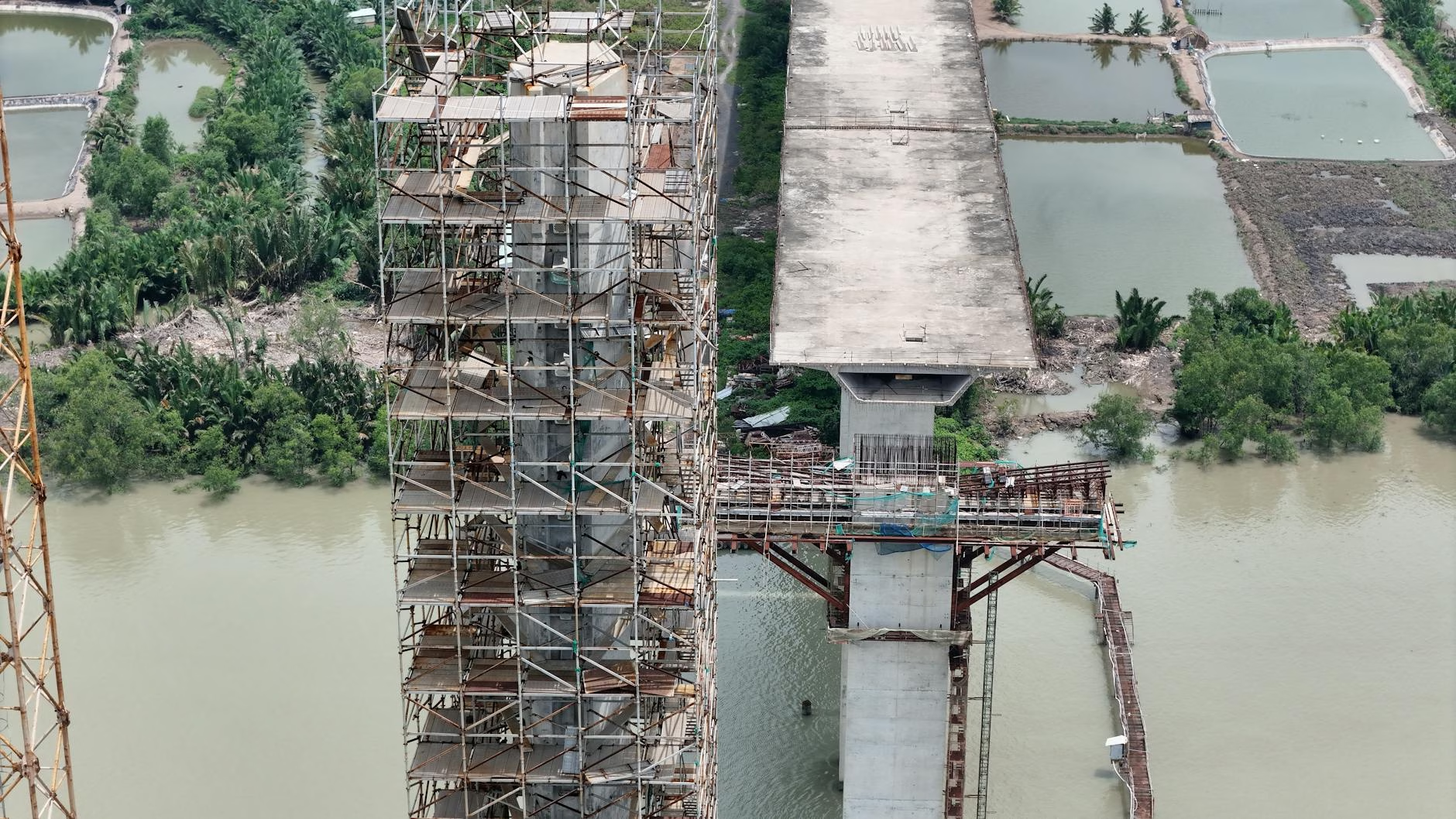Step-by-Step Road Construction: A Comparative Analysis of Concrete and Asphalt Techniques in Nigeria, the UK, America, and Canada

Road construction is a critical infrastructural element that fuels economic growth and enhances connectivity. In this blog post, we will delve into the step-by-step processes involved in constructing roads, focusing on the two primary materials used: concrete and asphalt. We will also explore how these processes differ across Nigeria, the UK, America, and Canada, considering local materials, climatic conditions, and engineering practices.
Understanding Road Types and Materials
Before we dive into the construction processes, it is essential to understand the types of roads and the materials involved:
- Types of Roads:
- Highways: Major roads designed for fast traffic.
- Local Roads: Smaller roads serving residential areas.
- Access Roads: Roads that provide access to properties and facilities.

- Materials:
- Concrete: A durable material made from cement, aggregates, and water, often used for highways and urban roads due to its longevity.
- Asphalt: A flexible material made from bitumen and aggregates, commonly used for local roads and highways because of its ease of installation and repair.
Step-by-Step Road Construction Process
1. Planning and Design
Nigeria: The planning phase often involves community consultations and environmental assessments to ensure that the road meets local needs. Engineers must consider the terrain, soil type, and weather conditions.

UK, America, Canada: The planning process is similar but often more regulated, with extensive environmental impact assessments and public consultations mandated by law.
2. Site Preparation
Nigeria: This phase includes clearing vegetation and debris, grading the land, and ensuring proper drainage. Local labour may be employed to assist with these tasks.
UK, America, Canada: Site preparation is more mechanised, utilising advanced equipment for grading and excavation. Drainage systems are designed to meet stringent environmental standards.
3. Subgrade and Base Layer Construction
Nigeria: The subgrade is often made from locally available materials, with a focus on compacting the soil to provide a stable foundation. The base layer may consist of crushed stone or gravel.
UK, America, Canada: The subgrade is meticulously compacted, often using geotextiles to enhance stability. Base layers are constructed using high-quality aggregates, and the specifications are strictly adhered to.
4. Material Selection and Mixture Design
Concrete Roads
Nigeria: Concrete mixtures often incorporate locally sourced aggregates. The mix design may vary significantly due to the availability of materials and climatic conditions, with a focus on achieving a balance between workability and strength.
UK, America, Canada: Concrete mixtures are designed according to standard specifications, with precise control over water-cement ratios and additives to enhance performance, especially under varying climatic conditions.
Asphalt Roads
Nigeria: Asphalt mixtures may include a higher proportion of recycled materials due to cost constraints. The production process may not always follow international standards, leading to variability in quality.
UK, America, Canada: Asphalt mixtures are rigorously tested for performance characteristics, including durability and resistance to weathering. The use of warm-mix asphalt is increasingly popular to reduce emissions during production.
5. Laying the Road Surface
Nigeria: The laying process may be manual or semi-mechanised, depending on the project’s scale. Compaction is critical to ensure longevity, often done using vibratory rollers.
UK, America, Canada: The laying of both concrete and asphalt is highly mechanised, utilising pavers and compactors to achieve a smooth finish. Quality control measures are implemented to ensure compliance with engineering standards.
6. Finishing Touches
Nigeria: Road markings and signage may be less consistent, often relying on local practices. Maintenance is typically reactive rather than proactive, leading to quicker deterioration.
UK, America, Canada: Finishing touches include high-visibility road markings and comprehensive signage, adhering to national standards. Regular maintenance schedules are established to prolong road life.
Conclusion
The road construction processes in Nigeria, the UK, America, and Canada exhibit both similarities and differences, influenced by local materials, climatic conditions, and engineering practices. While Nigeria often faces challenges related to resource availability and regulatory frameworks, the UK, America, and Canada benefit from more structured approaches and advanced technologies.
Understanding these differences is crucial for civil engineers and policymakers aiming to enhance road infrastructure in Nigeria and beyond. By learning from the practices of developed nations, Nigeria can improve its road construction techniques, ensuring safer and more durable roads for its citizens.
In the ever-evolving field of civil engineering, continuous research and adaptation are essential. As we look to the future, embracing innovative materials and sustainable practices will be key to addressing the challenges of road construction in Nigeria and other developing regions.
Discover more from Tamfis Nigeria Lmited
Subscribe to get the latest posts sent to your email.



 Hot Deals
Hot Deals Shopfinish
Shopfinish Shop
Shop Appliances
Appliances Babies & Kids
Babies & Kids Best Selling
Best Selling Books
Books Consumer Electronics
Consumer Electronics Furniture
Furniture Home & Kitchen
Home & Kitchen Jewelry
Jewelry Luxury & Beauty
Luxury & Beauty Shoes
Shoes Training & Certifications
Training & Certifications Wears & Clothings
Wears & Clothings
















